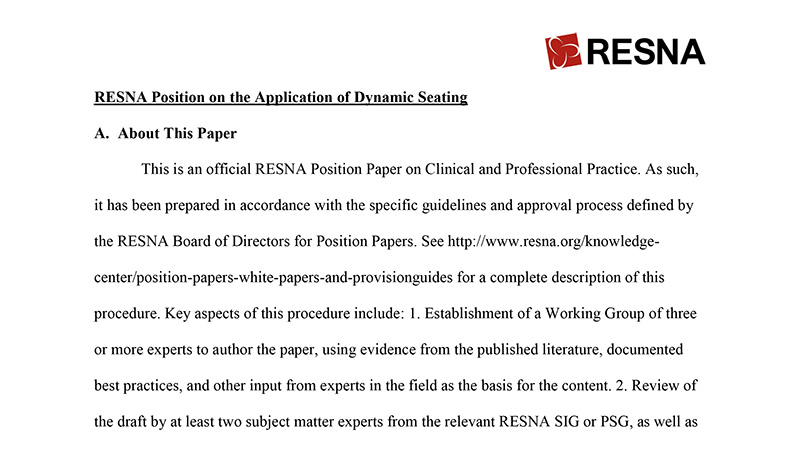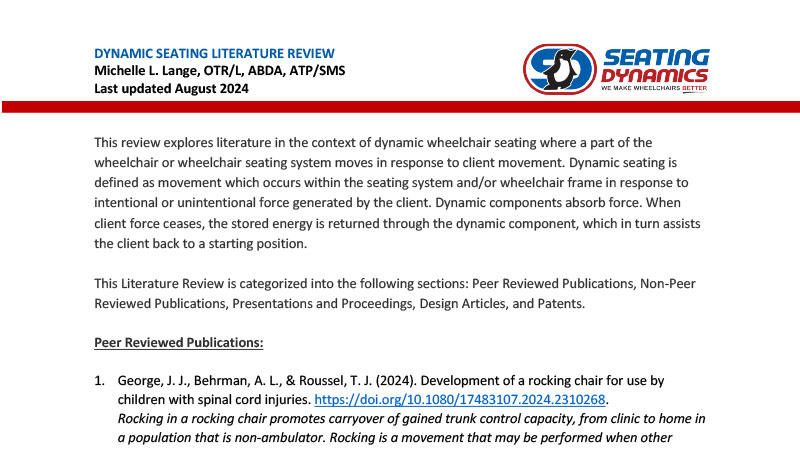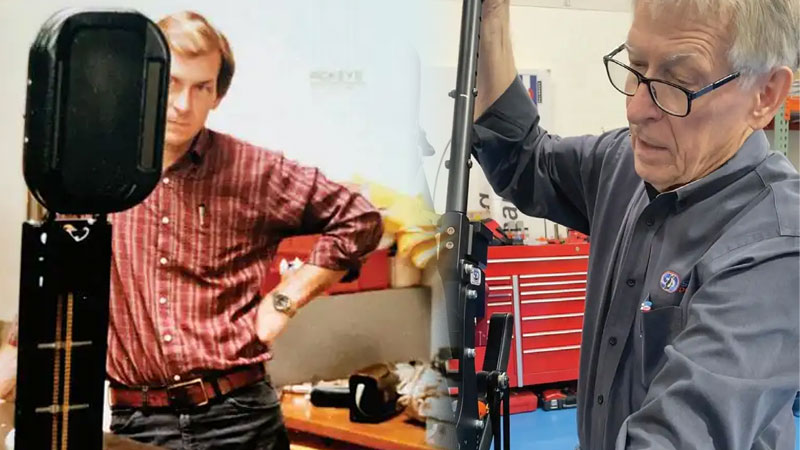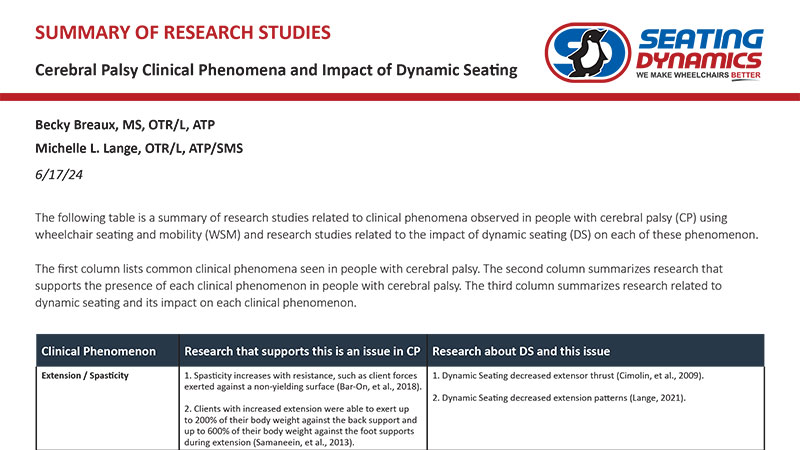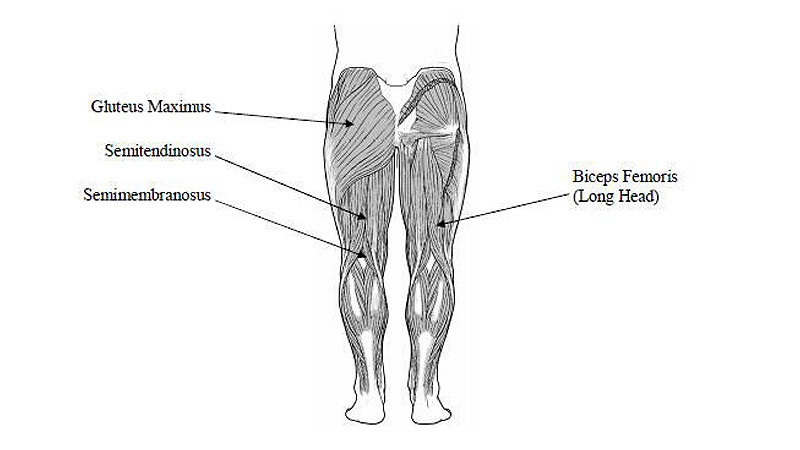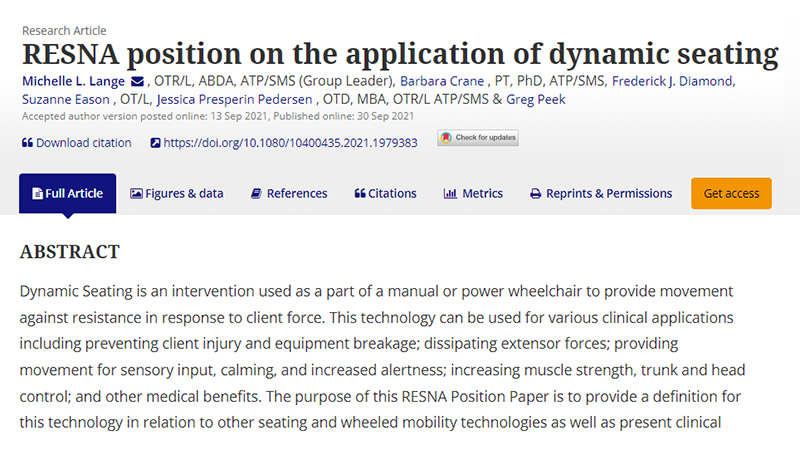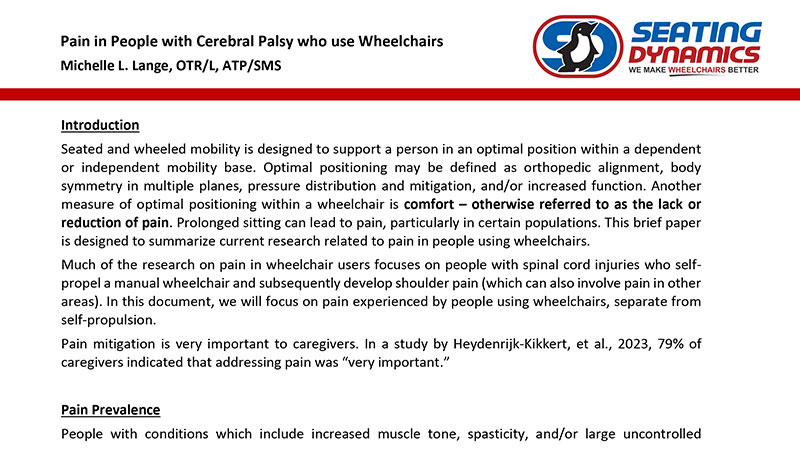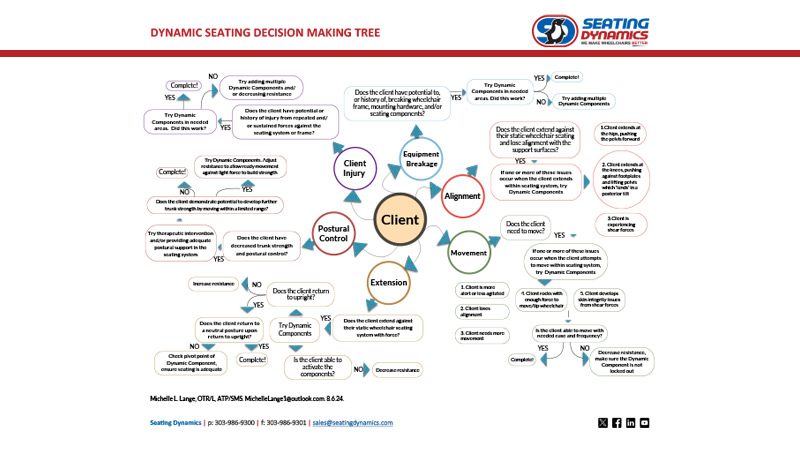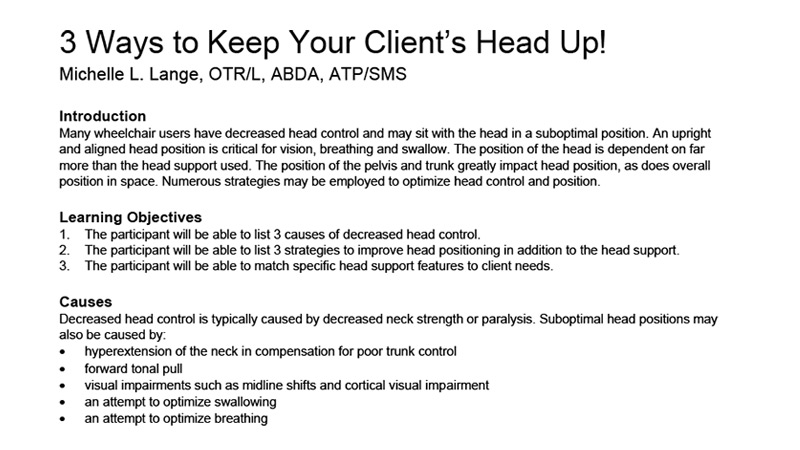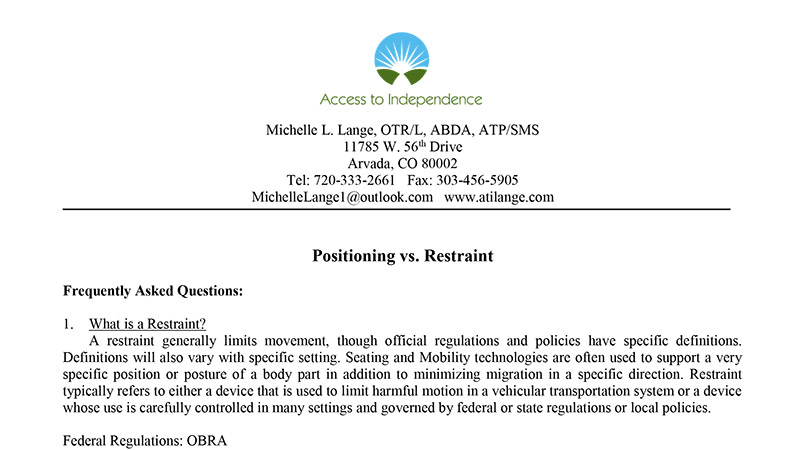RESNA Position on the Application of Dynamic Seating
The purpose of this document is to share typical clinical applications as well as provide evidence from the literature supporting the application of dynamic seating to assist practitioners in decision-making and justification.
Literature Review on Dynamic Wheelchair Seating
Our literature review on Dynamic Seating includes over 200 peer reviewed and non-peer reviewed articles, presentations and proceedings, design articles,…
Greg Peek Has Built Long Track Record of Success Inside, Outside Complex Rehab Industry
NRRTS features Seating Dynamics’ Engineer & Owner, Greg Peek, as their seating & mobility industry leader in this issue of Directions.
Summary of Research Studies: Cerebral Palsy Clinical Phenomena and Impact of Dynamic Seating
This post summarizes research studies related to clinical phenomena observed in people with cerebral palsy related to the impact of dynamic seating.
Somewhere To Go: Dynamic Seating Helps Manage Harmful Forces
Mobility Management explores the forces clients can exert within wheelchair seating and how Dynamic Seating can address those forces.
Review of Hip Musculature and Impact of Dynamic Back Design
A whopping 21 muscles cross the hip – and I’m absolutely certain I can’t name them all. These muscles provide movement in 3 planes and provide stability between the femur and acetabulum (the hip joint).
Dynamic Seating: Providing Movement for Clinical Benefit
Dynamic Seating: Providing Movement for Clinical Benefit was published on the Posture & Mobility Group Journal on 4/22/2022. This article defines Dynamic Seating and elaborates on Clinical Benefits using a series of short case studies.
RESNA Position on the Application of Dynamic Seating, Assistive Technology Journal
This RESNA Position Paper was approved by the Board of Directors in November of 2020. This Position Paper has now been published in the Taylor & Frances Assistive Technology Journal as of September 2021.
Pain in People using Wheelchairs
People with conditions which include increased muscle tone and/or spasticity are likely to experience pain in their wheelchair seating system.…
Dynamic Seating Decision Making Tree
A general Decision Making Tree, guiding the provider through clinical indicators for dynamic seating. Download to read more.
3 Ways to Keep Your Client’s Head Up
Not everyone who uses a wheelchair requires head positioning. Sometimes a head support is required only for safety in transportation…
Positioning vs. Restraint – Frequently Asked Questions
Dynamic Seating also requires the use of secondary supports, including Pelvic Positioning Belts and Foot straps. These secondary supports may…

